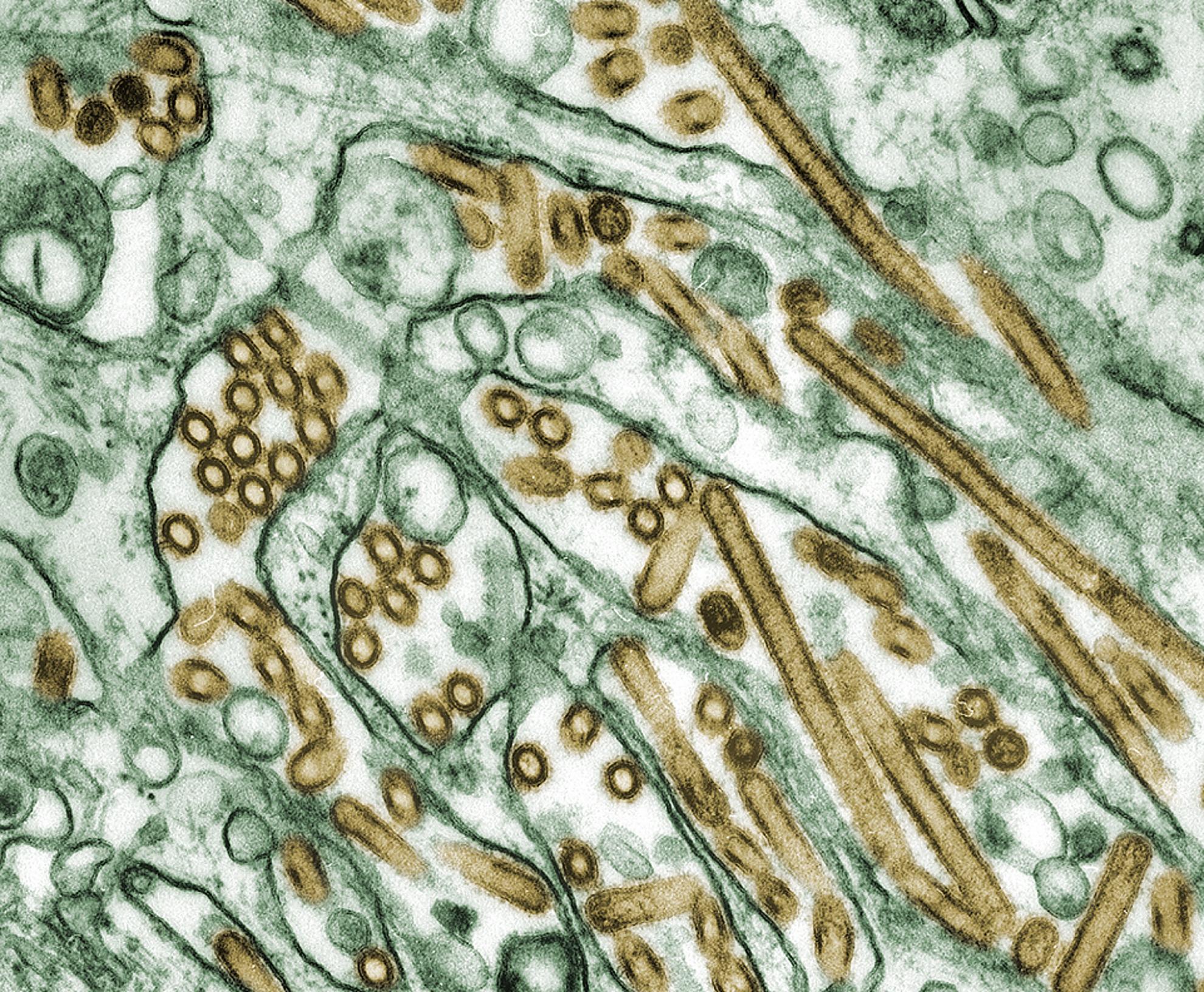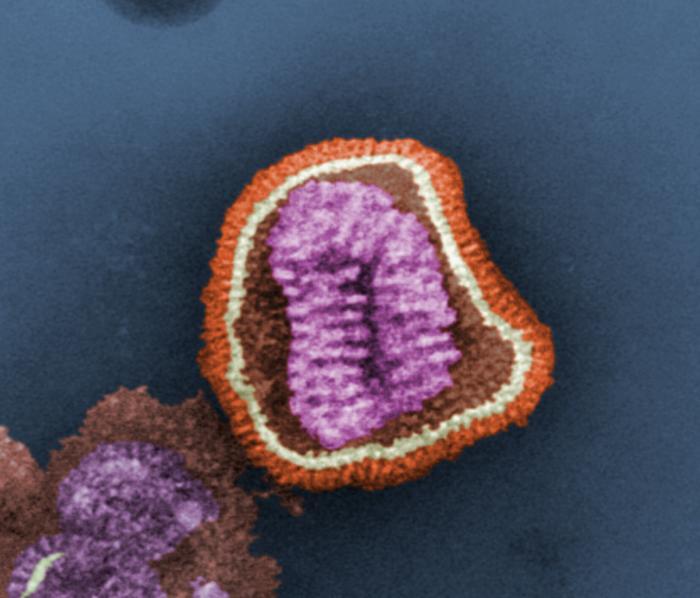Dual recognition element lateral flow assay toward multiplex strain specific influenza virus detection
Different influenza virus strains have caused a number of recent outbreaks killing scores of people and causing significant losses in animal farming. Simple, rapid, sensitive, and specific detection of particular strains, such as a pandemic strain versus a previous seasonal influenza, plays a crucial role in the monitoring, controlling, and management of outbreaks. In this paper we describe a dual recognition element lateral flow assay (DRELFA) which pairs a nucleic acid aptamer with an antibody for use as a point-of-care platform which can detect particular strains of interest. The combination is used to overcome the individual limitations of antibodies cross-reactivity and aptamers slow binding kinetics. In the detection of influenza viruses, we show that DRELFA can discriminate a particular virus strain against others of the same subtype or common respiratory diseases while still exhibiting fast binding kinetic of the antibody-based lateral flow assay (LFA). The improvement in specificity that DRELFA exhibits is an advantage over the currently available antibody-based LFA systems for influenza viruses, which offer discrimination between influenza virus types and subtypes. Using quantitative real-time PCR (qRT-PCR), it showed that the DRELFA is very effective in localizing the analyte to the test line (consistently over 90%) and this is crucial for the sensitivity of the device. In addition, color intensities of the test lines showed a good correlation between the DRELFA and the qRT-PCR over a 50-fold concentration range. Finally, lateral flow strips with a streptavidin capture test line and an anti-antibody control line are universally applicable to specific detection of a wide range of different analytes.


